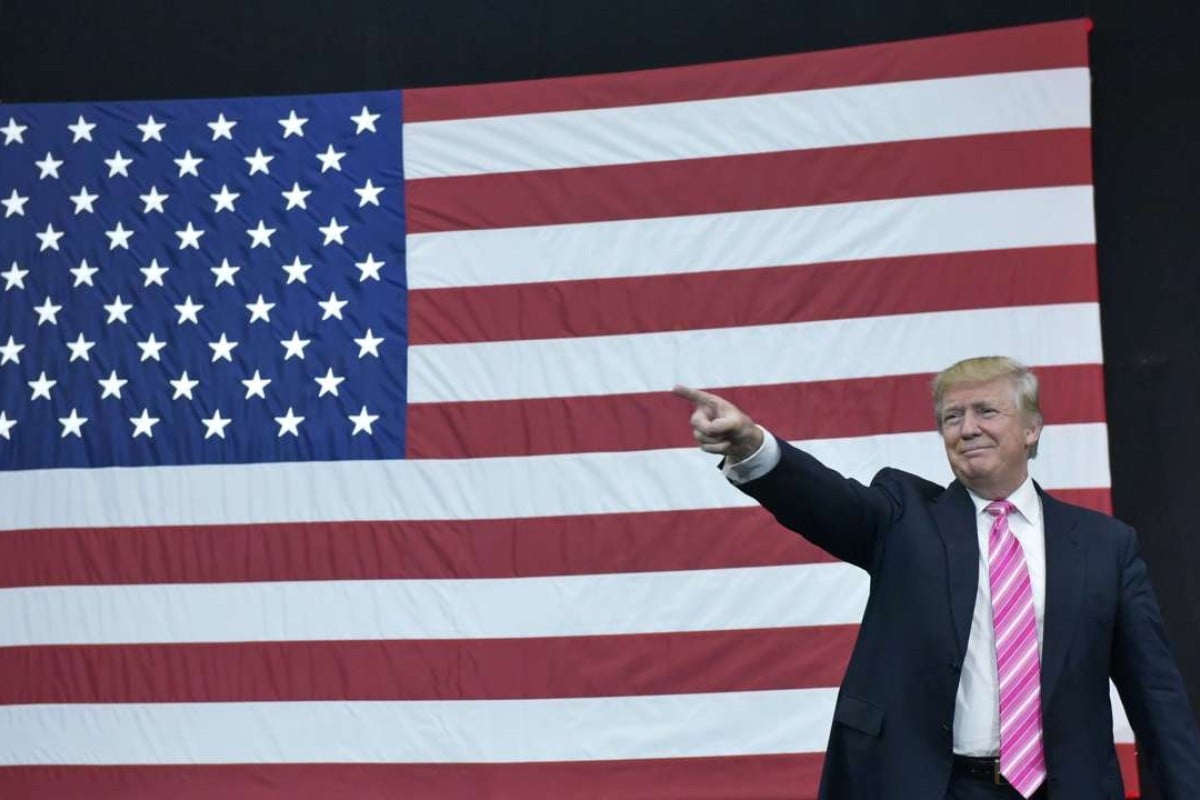
After more than a year of his administration, the world has already realized that Donald Trump is in possession of a premodern conception of the economy. The resurrection of commercialism by Trump is an anomaly comparable to that of health care in Western countries returning to the practice of folk medicine as the norm. It is not that protectionism was eradicated before the Trump era, but rather that it was considered a marginal, limited reaction mechanism against the progress of world trade and multilateralism. Trump’s economic policy has a stale air and is a little childish — its consequences are not, of course — like returning to metal toys and block letters. This childishness is dangerous, although for the moment it manifests more in threats than in considerable damage, which will arrive, if he continues on this road.
This rancid and childish character manifests itself not only in the enthusiastic desire to provoke commercial wars, but also in the symbolic and animistic character of his decisions. He raises the tariffs for steel (25 percent) and aluminum (10 percent), perhaps because he is playing with the nostalgic value of the steel industry in the American industrial imagination. Again, a nod to the white workers who are comfortable lamenting the invasion of immigrants and who remember a lost America. The message of tariffs on steel and aluminum is a little above the subliminal level, but, yes, on the degree of coarseness required. Neither steel nor aluminum have any special relevance for the U.S. economy, but they are reason to demonstrate that, with regard to China, “things are being done.”
Faced with this collection of mercantilist grimaces — aluminum and steel are not the only ones; Trump had recently vetoed the purchase of Qualcomm by the Broadcom group in Singapore — the quality of the responses matters a lot. China has contested the veiled threat and Europe seems willing to impose tariffs on jeans and bourbon. These are forced reactions, caused by surprise and discouragement. But the best possible treatment for protectionist infection is to maintain confidence in global free trade and to resolve, as much as possible, Trump’s conflicts (or bravado) through existing multilateral organizations.
There are several compelling reasons for moderation. Trump’s political advisers, while still magically believing in tariffs, must be informed that protectionism harms growth and employment — in fact, steel and aluminum tariffs alone could cost the United States about 146,000 jobs — and ends up producing inflation rebounds. At the end of this chain of causes and effects, monetary policy appears as the main victim: Federal Reserve Chair Jay Powell would have to accelerate the withdrawal of monetary stimuli, which would cause a serious financial imbalance and uncertain, but considerable, damage to the confidence of the markets. It is not very plausible that today, Trump, beyond his complacent exhibitionism, runs the risk of opening a global economic war and risks putting all economic areas in a situation of open hostility to Washington. Trump must measure all his steps well, because this is exactly what is about to happen. The European Central Bank has already expressed its discomfort for what it considers a deliberate policy of depreciation of the dollar. The question is: How far will Trump take his economic hooliganism?

Leave a Reply
You must be logged in to post a comment.